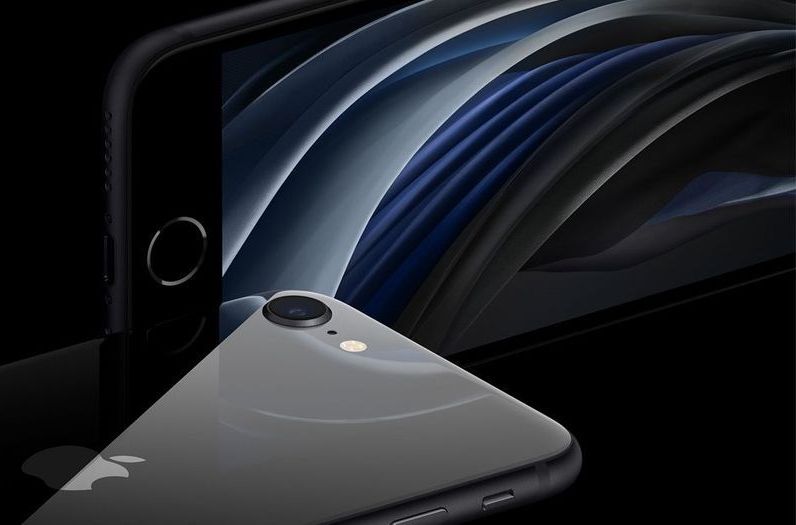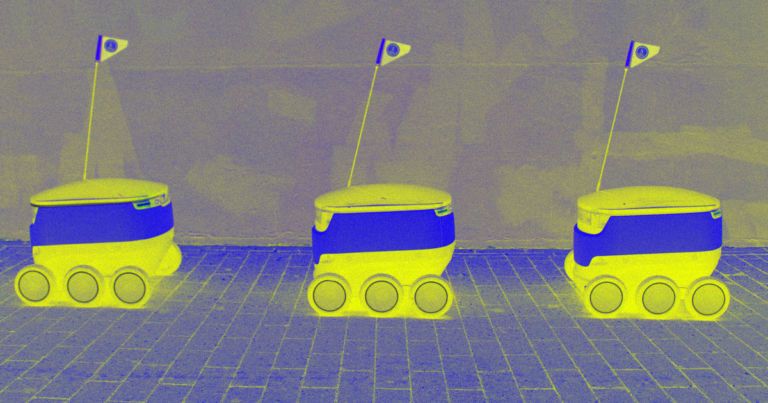Trillion operations per second.
Apple today announced the second generation iPhone SE, a powerful new iPhone featuring a 4.7-inch Retina HD display.


O,.o possible higgs field containment device could stop the rupture and other ways to destroy the root of the problem too.
New data from NASA’s Hubble Space Telescope details what may be the most powerful phenomena in the universe: the “quasar tsunami,” a cosmic storm of such terrifying proportions that it can tear apart an entire galaxy.
“No other phenomena carries more mechanical energy,” said principal investigator Nahum Arav of Virginia Tech in a statement. “The winds are pushing hundreds of solar masses of material each year. The amount of mechanical energy that these outflows carry is up to several hundreds of times higher than the luminosity of the entire Milky Way galaxy.”
Black Hole Death
Arav and colleagues described the devastating phenomena in a series of six papers published in The Astrophysical Journal Supplements.
Scientists have made a major breakthrough that could help us understand the origin of our universe, they say.
Researchers have discovered hints of a difference between the behaviour of neutronos and antineutrinos. That, in turn, could help demonstrate why there is so much matter relative to antimatter in the universe – and, in turn, how everything that surrounds us came to be.


Pizza Bot
Venezia’s New York Style Pizza in Phoenix, Arizona is now delivering pies by first sanitizing the inside and outside of a Starship robot and placing the robot inside.
The robot then travels to customers within a half mile radius. They can even hop curbs and operate in snowy conditions. Human operators back at HQ can take control over them any time as well.
Scientists thought they knew the approximate size of a proton — until a 2010 experiment came back with a very different number 😮.
This automatic shoe cover machine will play a role in some places during the coronavirus outbreak.

This dying star created the highest-energy gamma-ray burst ever recorded 😱
Via Seeker
This transforms from a stool into a chair when you sit down. No buttons, no levers, no batteries. Just bum power.